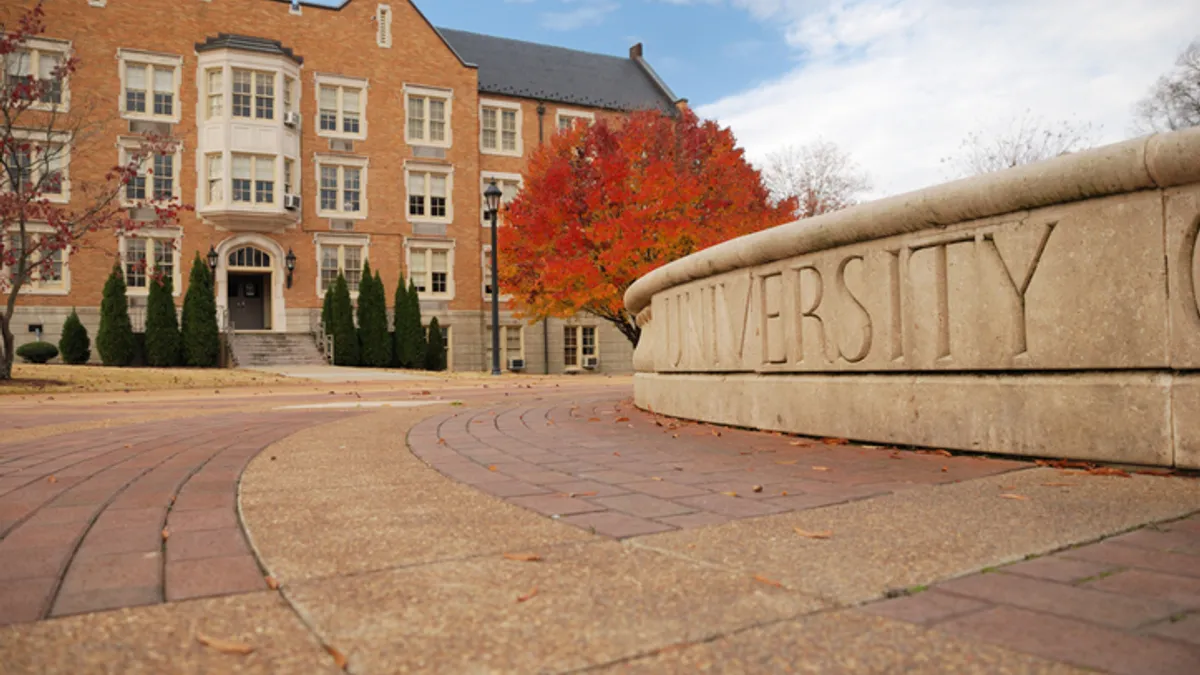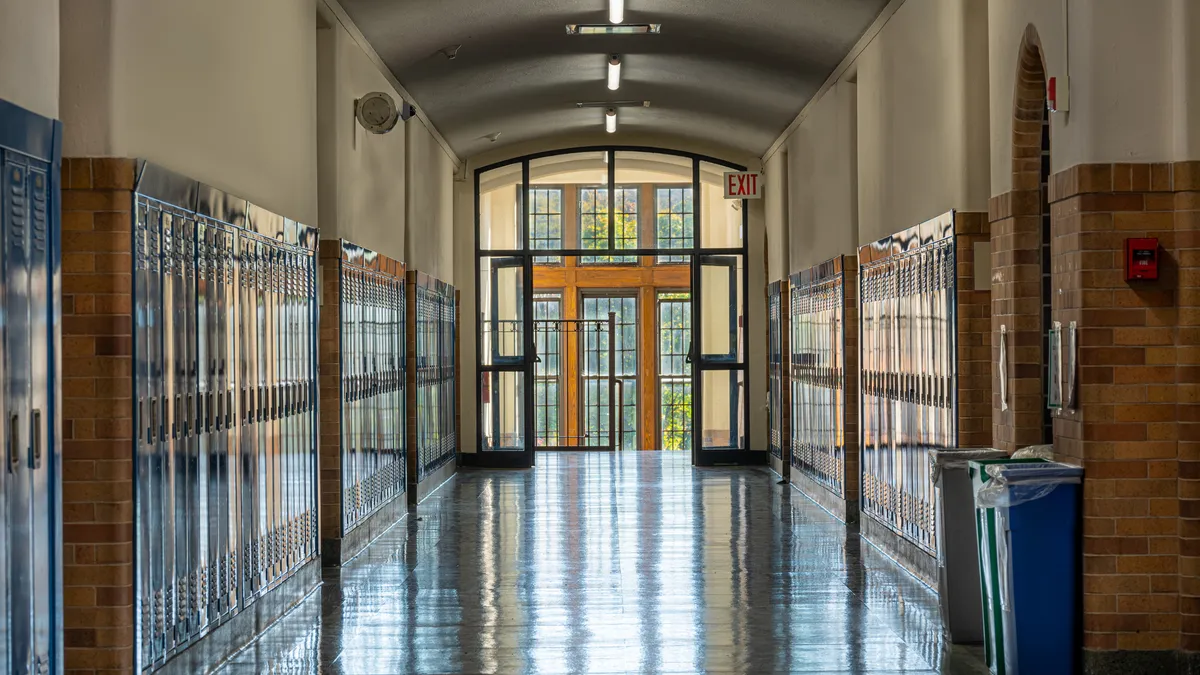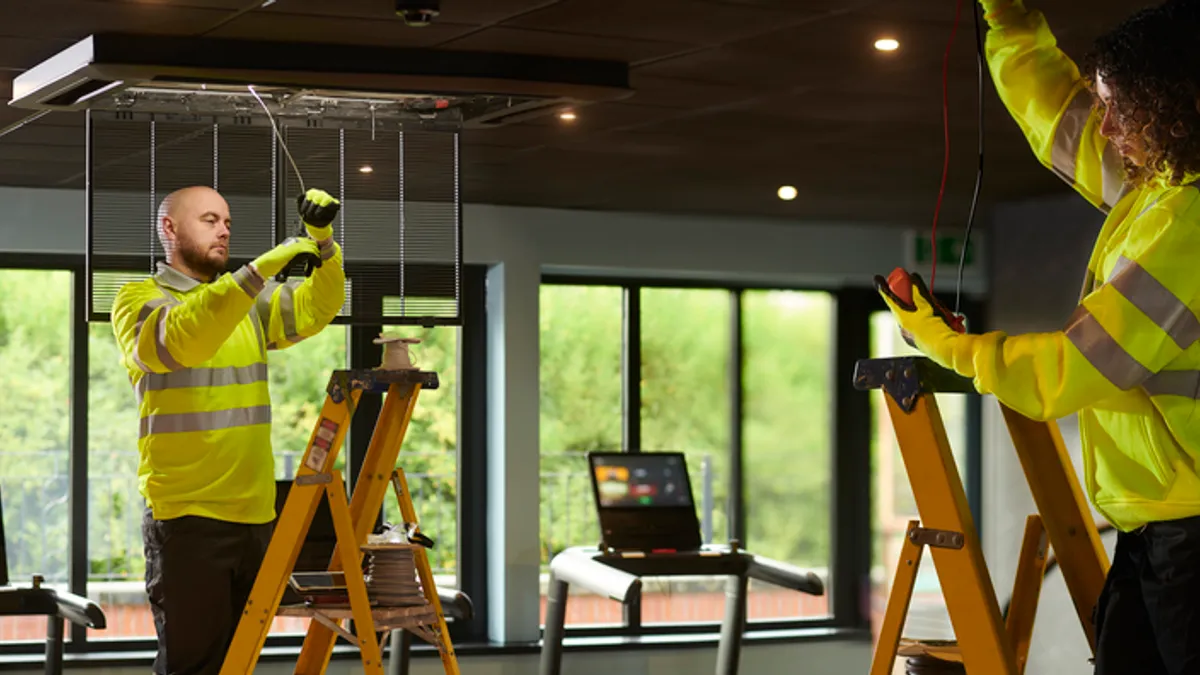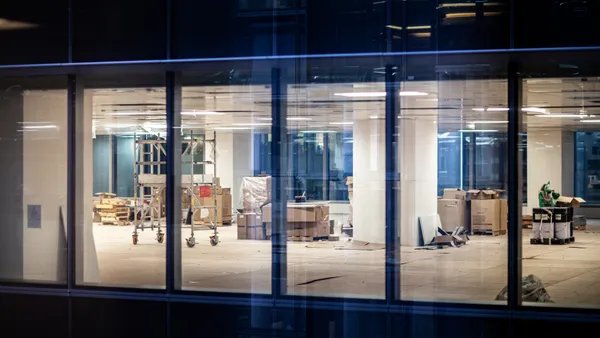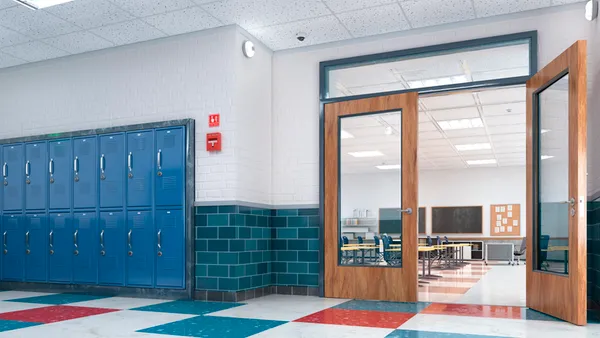Dive Brief:
- Spending on higher education facility operations is keeping up with inflation, but it has yet to return to what it was before and during the pandemic, according to a report by construction data company Gordian.
- Capital spending is also up, but because the backlog of needs is so high, the spending increase has only slowed the pace of growth in unmet needs; it hasn’t led to progress in closing the gap, it says.
- “Planned project costs [are] outstripping available and allocated budgets, tempering the impact of even the most well-meaning and thoughtfully directed dollars,” according to The State of Facilities in Higher Education, released this week.
Dive Insight:
Colleges and universities across the United States are facing a systemic enrollment gap driven by a drop in the number of high school graduates, broader cultural changes in which households are rethinking the value of higher education and a drop in the number of international students coming to the country.
“Difficult choices that [struggling institutions] have been talking about for several years now are upon them,” says the report. “Most sustaining models involve reimagining the institution as a smaller place with reductions in employees and property to align spending with revenue. Alternatives demonstrated over the past decade would include merger, sale or dissolution.”
Despite the long-term trends, 27% of schools are expanding, although at a modest 3% rate on average. Some are growing because they’re seeing an increase in students, but others are building out because they don’t have high repair and replacement costs. “They are not yet feeling the pressure financially to keep up with what they have already built,” the report says.
Where institutions are renovating or replacing obsolete buildings, “these enhancements are being implemented with … thought to the costs to sustain that investment and healthy caution about a future with great uncertainty,” the report says.
When the pandemic ended, schools quickly upped their spending on renovations – increasing spending 26% between 2021 and 2023. Spending is still relatively strong, but growing at a lower rate, Gordian says. Despite the spending, a funding shortfall of more than 32% persists.
“The gap between what is being invested and what is needed to sustain the institutional assets … will continue to grow,” the report says,
The backlog of capital renewal projects is more than $140 per gross square feet, up 2% from the previous year and up from just under $125/gsf two years ago, according to the report.
Spending on operations is a bright spot — up 4.5% year over year [? or from 2021 to 2023 or since 2021?]. That rate is higher than inflation, but it’s still below what it was before the pandemic, and operational costs are rising.
“There may have been legitimate opportunities to cut back on spending based on innovation, enrollment decline or program changes,” the report says. “But there are usually going to be drivers outside of the department’s immediate control like salaries and wages, utility costs and any number of commodities expenses which continue to drive costs upward.”



